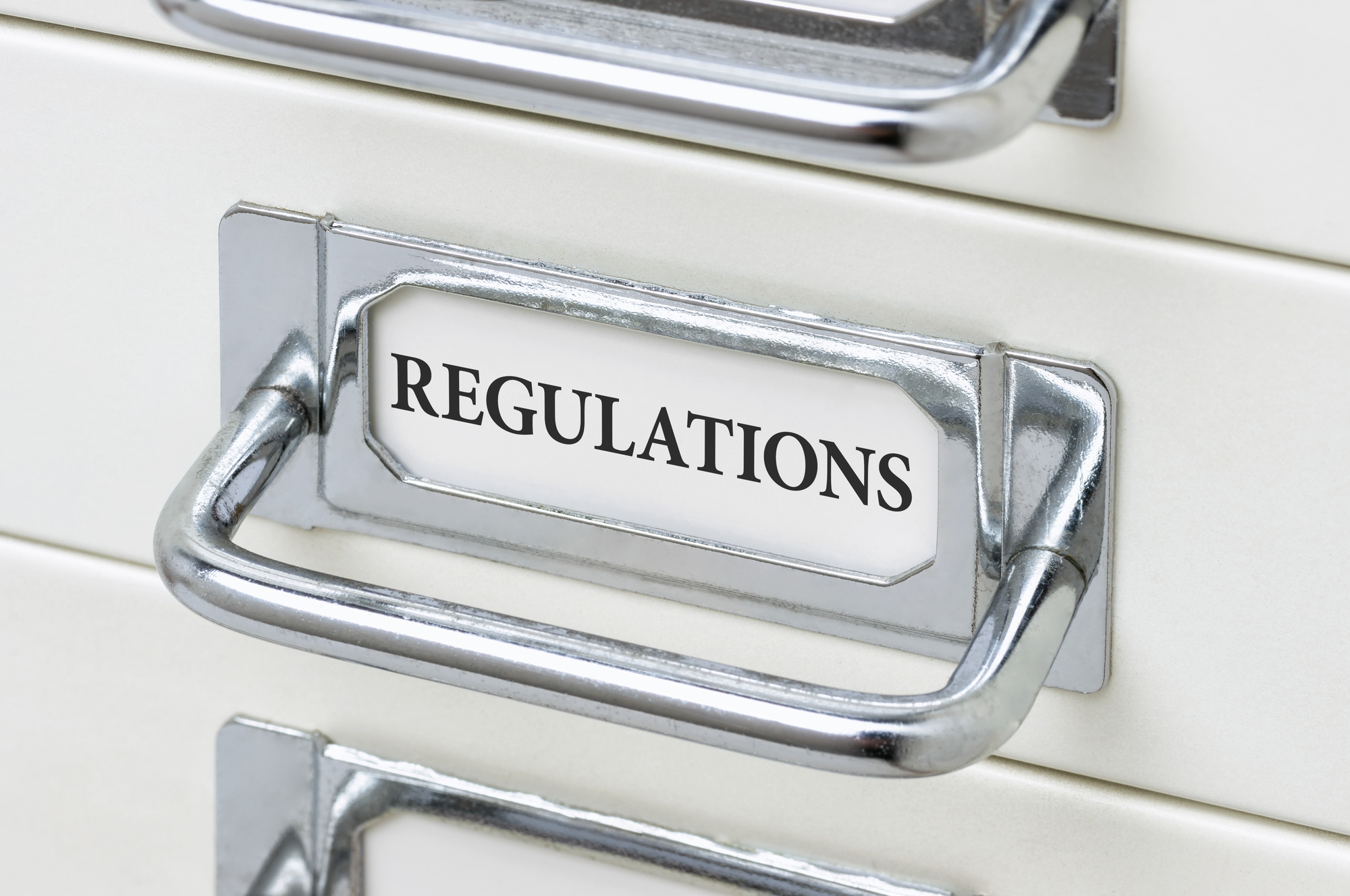The Global Impact of Settlement Discipline Regulation – Ensuring U.S. Firms are prepared
By Matt Stauffer, DTCC Managing Director, Head of Institutional Trade Processing
Although it is now more than 10 years since the G20 Summit in Pittsburgh, where policy makers agreed that post-crisis regulation should focus on increasing transparency and mitigating systemic risk in the global financial markets, there are still new impacts coming to the marketplace. While most European post-crisis regulation has long been implemented, such as the European Markets Infrastructure Regulation (EMIR) and Markets in Financial Instruments Directive (MiFID II), February 2021 will see the Settlement Disciple Regulation (SDR) come into force, which is the final and most significant phase to impact post trade of the Central Securities Depository Regulation (CSDR).
The purpose of SDR is to reduce risk by increasing settlement efficiency across European markets. The regulation aims to raise settlement rates in Europe from approximately 97.5% to more than 99%. This target has not been explicitly stated in the legislation or any of its accompanying documentation, probably because currently there is no official data quantifying settlement rates for the region as a whole. The Central Securities Depositories (CSD) market in Europe is not homogenous and there are over 40 CSDs that use different definitions and methodologies to determine settlement efficiencies. However, SDR’s overarching policy objective is for settlement efficiency rates to match those achieved in the U.S. market.
With that in mind, how prepared is the global market for the implementation of SDR? Most European firms are aware of the regulation and are getting ready. However, while the regulation was conceived in Europe, its impact will be felt by any market participant, buy-side or sell-side, that invests in the European market, regardless of where they are domiciled, just like under MiFID II. This means that the extra-territorial reach of the regulation is determined by where the settlement of the stock takes place – if a stock is bought within any EU 28 country and is settled in an EU 28 central securities depository (CSD), the regulation will apply.
This brings communications challenges that are also reminiscent of MiFID II – namely, that there are many US buy-side and smaller sell-side firms that are unaware that they are in scope of SDR. Up until just one day before the MiFID II implementation deadline, thousands of U.S. financial institutions were not aware that they were in scope of the regulation. Further, for some buy-side firms that were aware of their compliance obligations, there was an assumption that their broker would manage it on their behalf. That assumption remains false for SDR - firms should not assume that their broker will take care of compliance.
So, what penalties will U.S. firms which are not ready for SDR face? For trades which fail to settle under the mandated T+2 timeframe - an earlier component of CSDR which came into force in 2014 - market participants will be liable to pay penalties or charges against each transaction. A penalty will be charged daily based on the asset class/security type and notional value of the transaction, up until the buy-in process is initiated. The buy-in process in itself will present firms with an administrative burden – a mandatory process will be required to take place for any financial instrument which has not been delivered within a specified period of the intended settlement date in order to fulfil settlement. This period will vary depending on the type of security – illiquid assets will need to be brought-in with seven days of the intended settlement date, while more liquid products such as equities and bonds will be required within four days. Small to medium-sized stocks will be subject to a buy-in 15 days after the intended settlement date and while this appears to be more flexible, as these types of transactions are difficult to borrow, market participants could be subject to 15 days of failed trade penalties, an outcome that would prove very costly.
The most effective way for in-scope U.S. firms to prepare for SDR and avoid financial penalties and costly buy-ins is to analyze the reasons for failed trades. Usually, failures are the result of manual processing and therefore, market participants should focus on automating the post-trade process and leveraging standardized protocols, such as using validated SSI’s, automated trade confirmation and matching and leveraging additional data sources such as place of settlement and Legal Entity Identifiers (LEIs) into their post trade process. Not only will this approach help market participants to reduce failed trades and hence assist in complying with a key component of SDR, implementing best practice back office solutions such as central matching, will create wider benefits such as increasing operational efficiency and risk mitigation.















